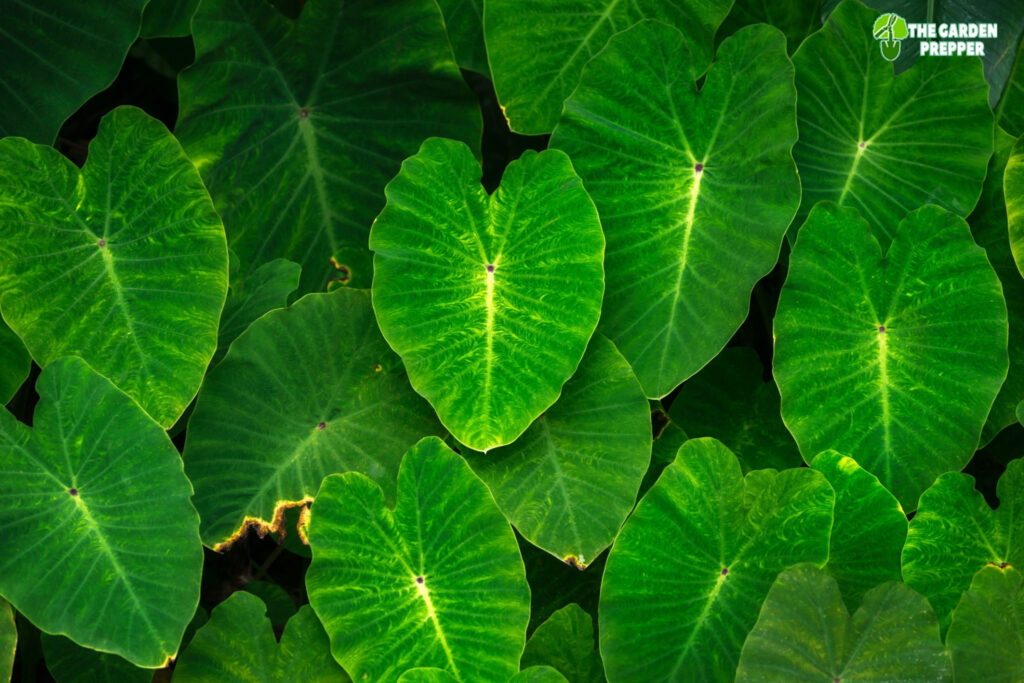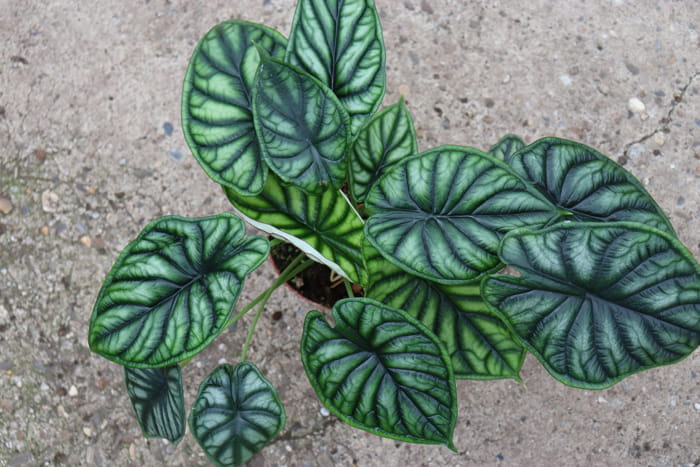If you have elephant ear plants at home, you’re probably wondering whether they are edible or not. There have been mixed answers around this question, which begs gardeners and plant owners to question, ‘is elephant ear plant edible?’
Read on to find out whether or not elephant ear plants are edible and what uses they have to offer.

Is Elephant Ear Plant Edible?
The elephant ear plant is a common name for tropical perennial plants that are known and grown for their huge and heart-shaped leaves. Most of the herbaceous species are from the arum and aroid family (Araneae), bought and grown as ornamentals. They are from the genera Alocasia, Colocasia, and Xanthosoma.
That said, you can find other plants with similar growth habits and overall appearance.
If you are thinking of its edibility, the answer is: IT DEPENDS!
Elephant ears are amazing plants adding a more tropical appearance to gardens. They are also known as a major food source in various parts of the world. In fact, they are grown for their edible starchy tubers and/or corms, which have become a staple in tropical regions.
That said, not all species of elephant ear plants are edible. You will need to tell the difference between the edible and non-edible species to determine which is safe for you to consume.
Let’s take a look at the 3 common elephant ear plant species.

There is no part of the Alocasia plant that is edible, while Colocasia leaves and roots are. How can you differentiate them to avoid eating the wrong one, then?
While the Alocasia and Colocasia leaves have similarities, there is one major way to tell them apart. Alocasia leaves would point upward or grow horizontally, while Colocasia leaves would point down. Furthermore, Alocasia leaves are attached to the leaf notch’s stem, while Colocasia stems are attached under the leaf notch.
Consuming Elephant Ear Leaves
For edible elephant ear plants, this has been cultivated for thousands of years now. It is consumed in various ways. Mostly, people would pound the root until it becomes an edible paste, known as poi. As for the leaves, they are used for warping steamed meats or vegetables.
Before you consume the leaves, make sure that you cook them first! While the leaves of certain species are edible, the leaves and parts of the plant will have needle-like crystals of calcium oxalate, a skin irritant. Be wary though, as some people are sensitive to baby tubers, so if you don’t cook it well or are sensitive to it, then avoid consuming the elephant ear plant.
Furthermore, you have to keep the elephant ear plant away from children and pets, as they are toxic if interacted with. If children or pets consume the raw parts of the plant or even the inedible species, it may cause serious illness. If consumed in large amounts, the worst-case scenario is death.
Wrapping It Up
The elephant ear plant is safe to eat, provided that you have the Colocasia plant and cook it properly to avoid irritation or indigestion. Make sure you keep it away from children and pets though, as they can eat it without your supervision, causing danger to their health.
Hopefully, you learned a lot about the elephant ear plant and whether or not it is edible. Do keep this information in mind as you handle an elephant ear plant in your home. Happy gardening!
I use to grown Elephant ears in my garden but never knew the tubes could be eaten. Very interesting
The photo is an alocasia plant but the article states the alocasia plant leaves point up or horizontal?